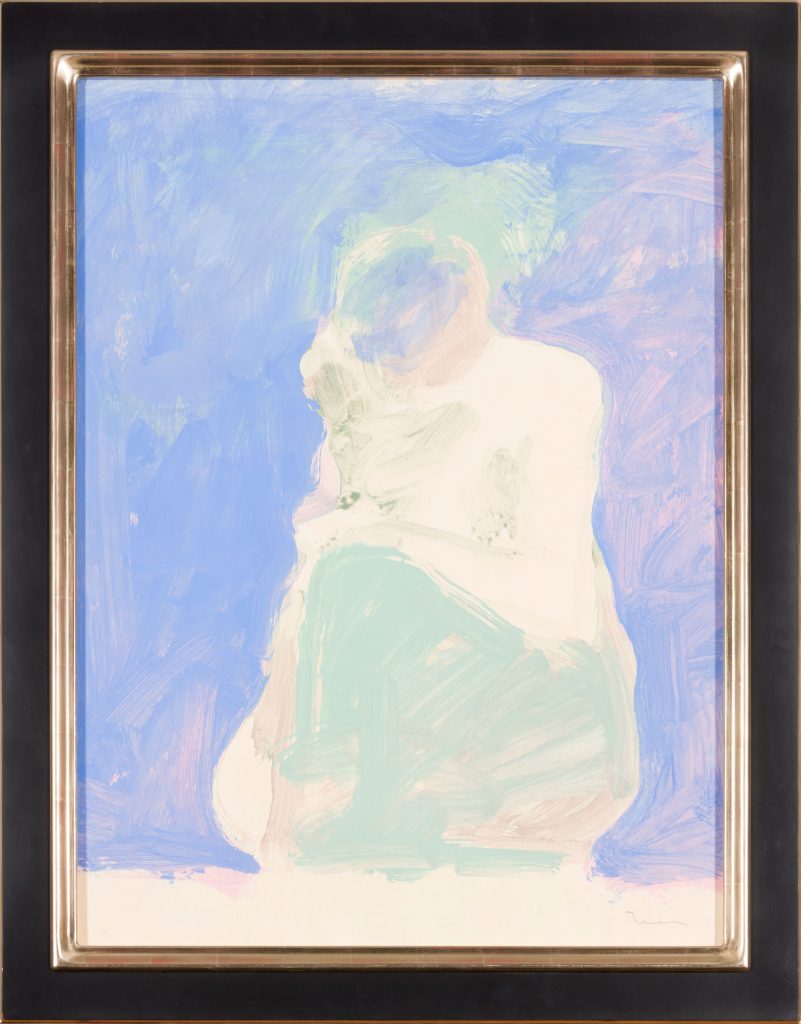Primarily known for his life-sized figurative sculptures, Manuel Neri was an artist and educator affiliated with the San Francisco Bay Area’s postwar art scene. Born in Sanger, California in 1930, he was the son of Mexican immigrants from the state of Jalisco. After initially attending San Francisco City College to pursue electrical engineering, he decided to pursue art at the California College of Arts and Crafts in Oakland. This was largely due to his experience of studying with ceramist Peter Voulkos. He later studied with Richard Diebenkorn, Elmer Bischoff, and Frank Lobdell at the San Francisco Art Institute (then known as the California School of Fine Arts). At SFAI, he began to use plaster and mixed media to make figurative sculptures, often painting their surfaces with expressionist brushwork. Through a tight-knit circle of students and instructors at the school, Neri became active in the nearby North Beach art and literary scene, exhibiting as a member of the 6 Gallery in the early and mid 1950s. It was there that he helped organized a night of poetry that resulted in the debut of Allen Ginsburg’s Howl. It was during this time that Neri became associated with the Beat Generation of artists who were interested in pushing the traditional limits of art with a focus on experimentation and idiosyncratic work. Neri was a member of Bruce Conner’s Rat Bastard Protective Agency and became known as a key member of the second wave of the Bay Area Figurative school alongside his ex-wife, painter Joan Brown and painter Nathan Oliveira.
Neri taught at SFAI between 1959 and 1965 and at UC Berkeley in 1963 and 1964, and became a longtime faculty member of the art department at UC Davis from 1965 until 1990.

